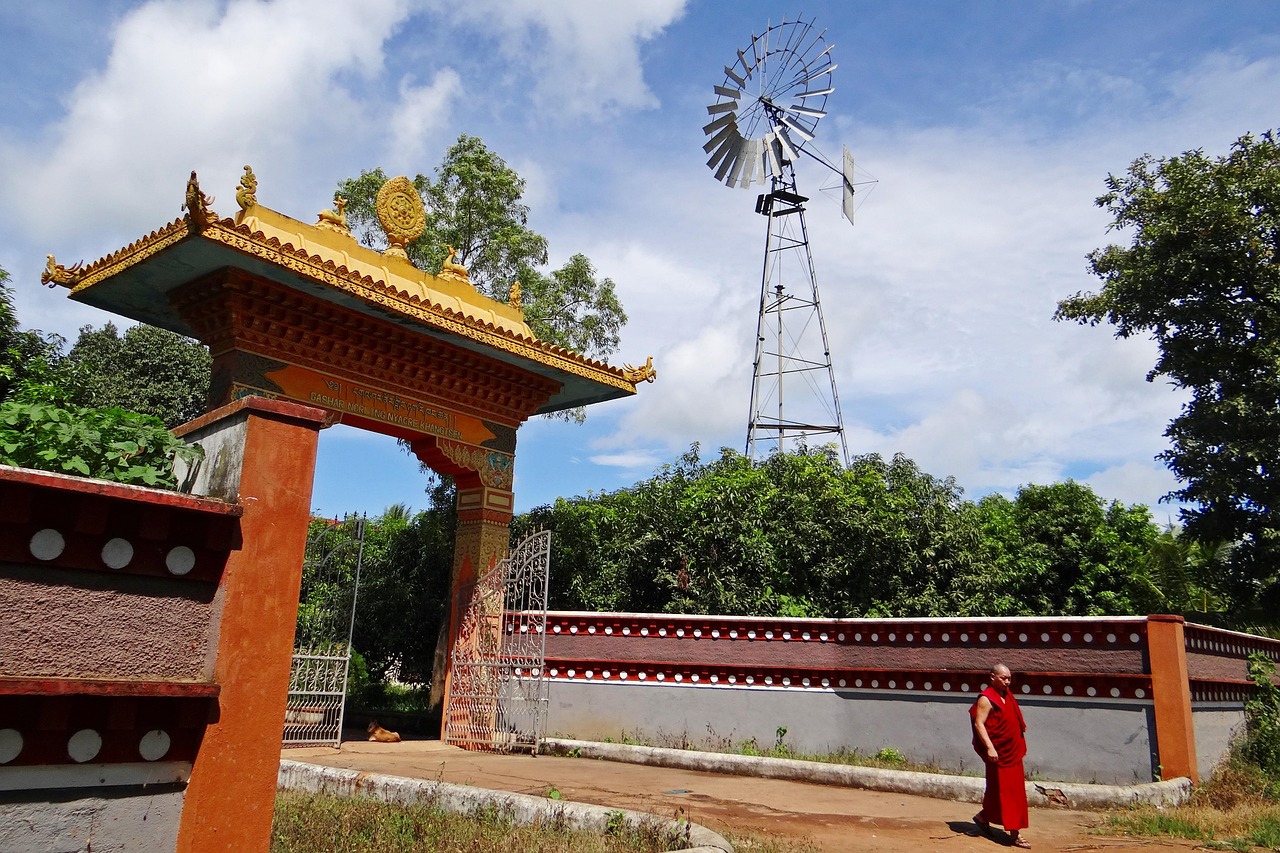The Translation of "讲台" in English

The term "讲台" in Chinese refers to a raised platform in a classroom or lecture hall where a teacher stands to deliver lectures or lessons. In English, there are several ways to translate "讲台," depending on the context and specific usage. Here are some common translations:
1.
Lectern
: A lectern is a stand with a slanted top, typically used to support a speaker's notes or book while speaking. It is commonly found in lecture halls, conference rooms, and churches. However, a lectern is usually smaller and may not have space for the speaker to move around.2.
Podium
: A podium is similar to a lectern but often larger and more substantial. It provides a platform for a speaker to stand on while addressing an audience. Podiums are commonly used in formal settings such as conferences, ceremonies, and debates.3.
Platform
: In a broader sense, "platform" can also be used to refer to the raised area where a speaker stands to address an audience. This term is more general and can encompass various types of speaking platforms, including lecterns and podiums.4.
Dais
: A dais is a raised platform, often at the front of a room, used by speakers or honored guests. It may be larger and more ornate than a standard lectern or podium and is often reserved for special occasions or distinguished speakers.5.
Rostrum
: A rostrum is a raised platform used for public speaking. It can be synonymous with lectern, podium, or dais, depending on the context.When translating "讲台" into English, it's essential to consider the specific context in which the term is used to choose the most appropriate translation. Each of these terms carries slightly different connotations and may be more suitable depending on the setting and cultural norms.
免责声明:本网站部分内容由用户自行上传,若侵犯了您的权益,请联系我们处理,谢谢!联系QQ:2760375052 沪ICP备2023024866号-10












评论